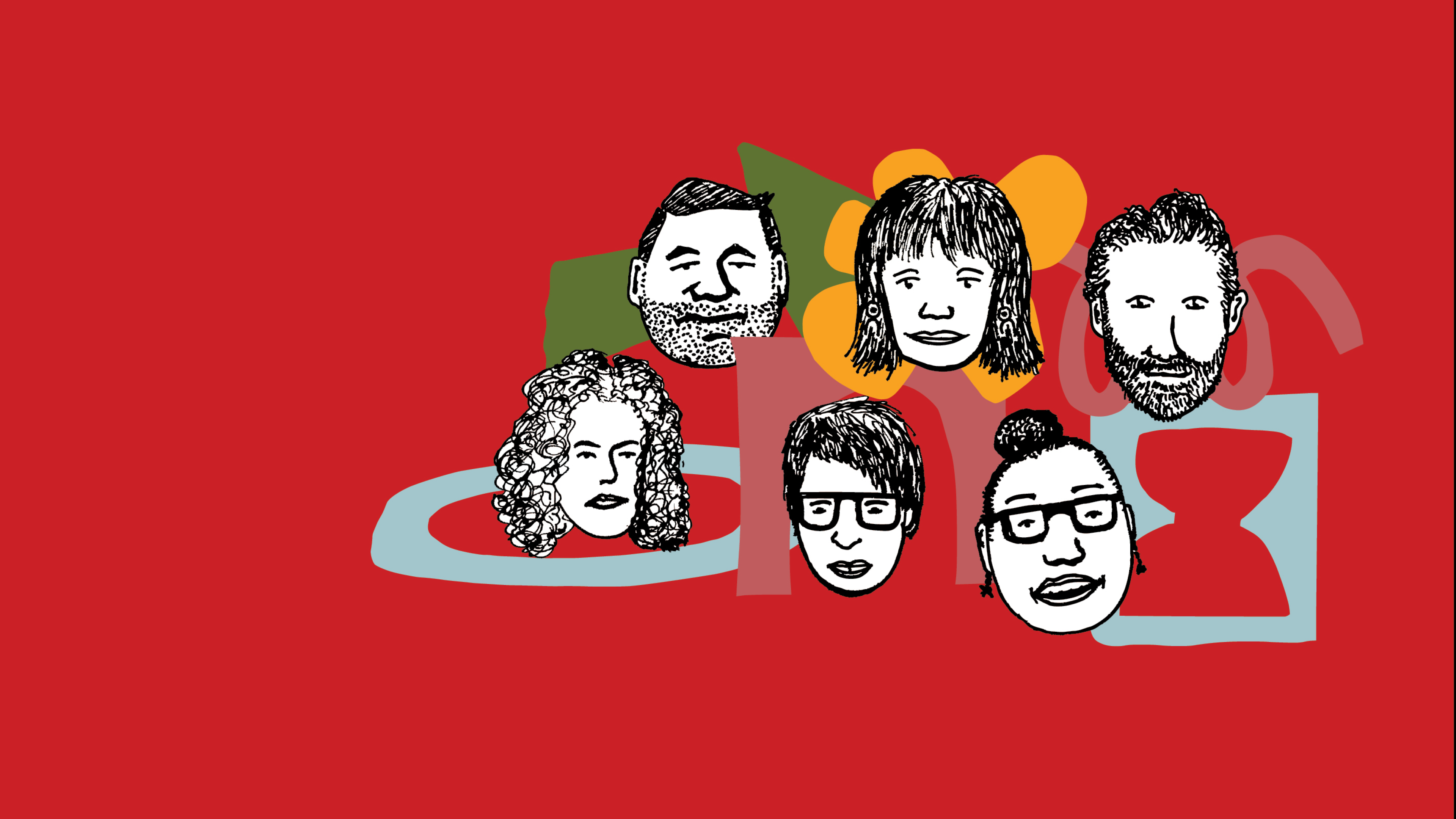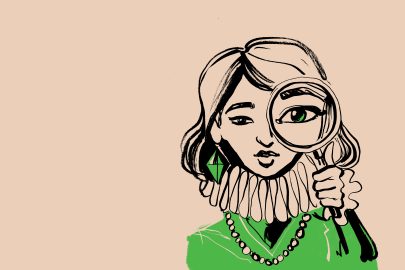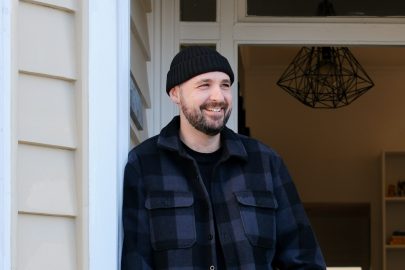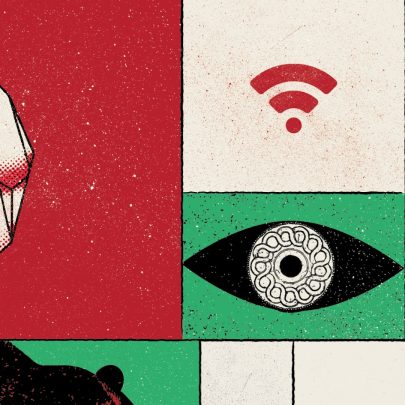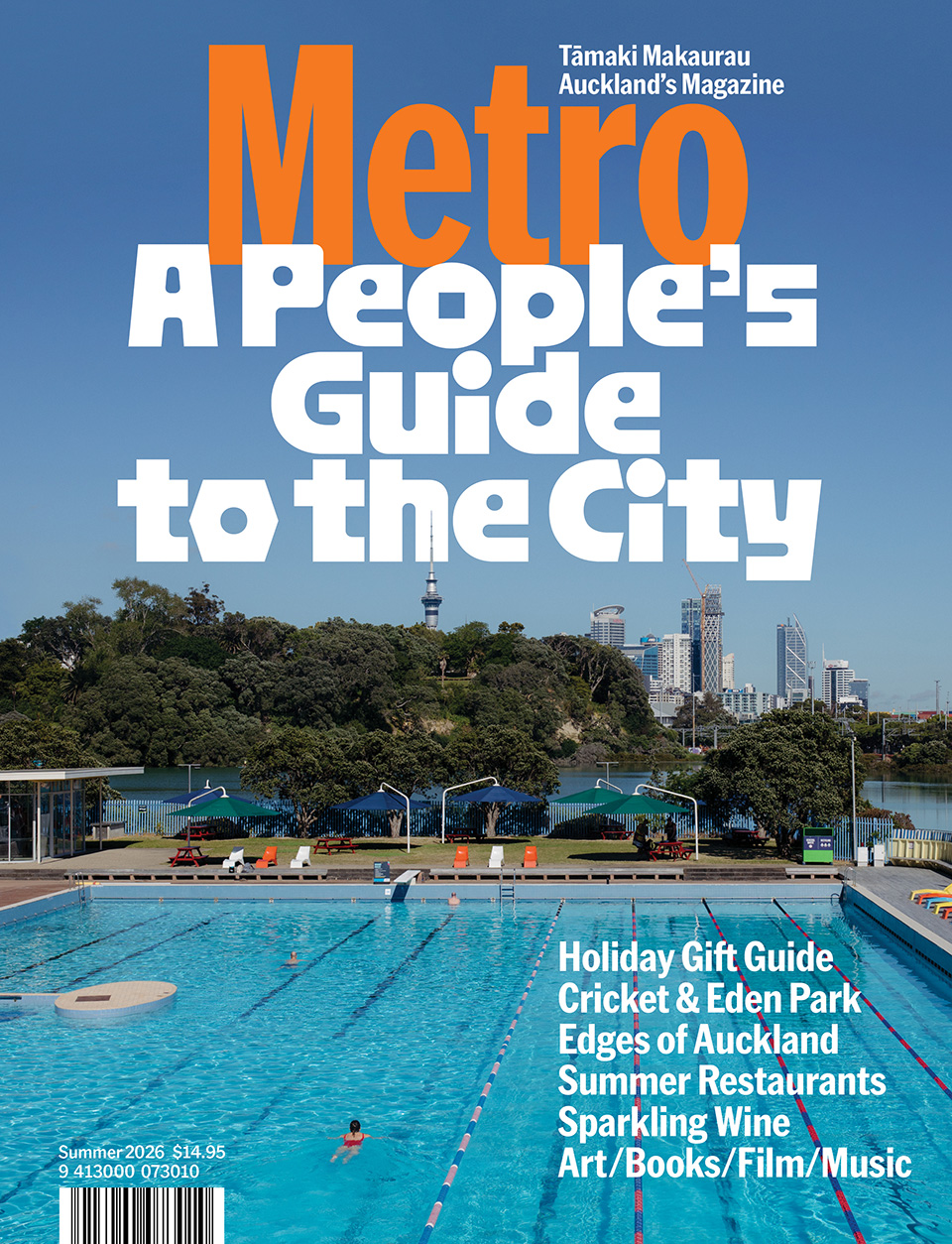Jul 11, 2025 People
Behind the heavy doors of Auckland Art Gallery Toi o Tāmaki on Kitchener St, the battle to crown the next director has begun — a high-stakes tussle of egos, whispered alliances and power plays, as the old guard seeks a new leader.
Following the recent departure of director Kirsten Lacy, the Australian whose six-year stint concluded on 15 June, the appointment of the gallery’s next leader won’t just shape its exhibition and public programmes, it will determine whether this institution can reflect the city it’s tasked with serving while staying within a tight budget partly set by a cash-strapped council.
The right person will need more than a polished CV. First, they should have serious pull and the kind of credentials that attract patronage to the gallery’s foundation, an important revenue stream that tops up whatever comes out of the council coffers. Second, they need a clear artistic vision — one that genuinely lands with local audiences. And third, they must be a visible advocate for the sector.
I asked a recovering arts educator friend what qualities she thought mattered most in a gallery director. Her answer was blunt: “Too many people go in with a vision for themselves and less for the gallery — and therefore also for, and with, the team.”
New Zealanders in the arts seem resolute that the top job should go to one of their peers this time. The pandemic, it seems, saw a shift in the cultural landscape; stopped us from looking constantly outward instead of into our own backyard. Judy Darragh, an artist, arts educator and co-founder of Arts Makers Aotearoa, emphasises that the director should be someone who understands the importance of tikanga Māori. “The director is at the interface with the council and patrons,” she says. “They have the opportunity to advocate for artists’ needs, like affordable studio spaces in the central suburbs, and to use their resources at a more grassroots level to help provide artists with the space and time they need to make work.”
Matariki Williams (Ngāi Tūhoe, Ngāti Hauiti, Taranaki, Ngāti Whakaue, Te Ātihaunui a Pāpārangi) is a curator, writer and editor in the arts and cultural sector. She says some of the most important qualities are relational. “Ability to listen? Lead with integrity, especially in this day and age. Don’t be afraid to be bold and political, have a backbone when it matters. I’d hate for us to fall the way of what is happening in the arts in Australia. We can’t afford complacency in our arts leaders.”
Which raises the obvious question: with all these expectations, who in their right mind would want this job?
It’s hard to say what exactly makes a good gallery director in 2025. Vision? Financial acumen? And is it realistic for one person to possess all the necessary qualities? If anyone knows, it would be Objectspace director Kim Paton, who says she is not vying for the role — she has other ambitions, namely raising serious capital to establish the Design Museum of Aotearoa. Her view is that the director should be someone who can position the gallery as “the beating heart of the Pacific”, owning its place in the region.
Gallerist and former arts educator Anna Miles agrees that the problem is, in part, due to an identity crisis. “Auckland is a tricky city. Auckland Art Gallery has reflected for decades a real problem with this place. Instead of building on its distinctiveness and really honouring the exceptional cultural richness of this town, [Auckland] looks over its shoulder, desperate to be international, and instead is mainly generic in its offerings.”
And where do the current staff see themselves in all of this? Various tensions have surfaced in recent years, such as when staff walked off the floor in protest during the Gilbert & George exhibition in 2022, citing concerns over the artists’ political views. There had previously been unrest around Toi Tū Toi Ora: Contemporary Māori Art in 2020–21, which highlighted the growing disconnect between the gallery’s programme and the local community, as well as the gap between its politics and the people it serves.
Until fairly recently, too, the gallery had a deputy director position. The person in this role managed operational functions such as HR, finance, security, capital projects, maintenance and systems improvement — presumably freeing the director to focus on creative leadership. The role was once held by Tom Irvine, former chief operating officer for Ngāti Whātua Ōrākei, who left after just over a year to become the iwi’s chief executive, and who has now temporarily stepped back in as the gallery’s interim director while the main recruitment process is under way. Irvine was followed in 2022–23 by Greg Anderson, who arrived after a 15-year stint as director of Whanganui’s Sarjeant Gallery, during which time he oversaw its $64 million redevelopment. But Anderson spent just a year in the deputy director seat, before the role was restructured out of existence.
It does sometimes seem that there is a risk-averse, musical-chairs aspect to the filling of the top roles. Take, for instance, the former director of Te Uru in Titirangi, Andrew Clifford, who some art insiders suggest “fell upwards” into the top job at the Sarjeant, replacing Anderson, despite an uninspiring tenure at the West Auckland gallery in terms of its exhibition programme, visitor numbers and fundraising efforts. Directorships beget directorships, and it is certainly more difficult for long-time curators and high priests of programming to make the jump to these roles. In this regard, exactly what the Auckland selection panel making the director’s appointment will prioritise in a candidate this time — safe hands? charisma? creative vision? operational understanding? sector knowledge? proven programming excellence or resonance? — will be fascinating to see.
A recent Instagram post from Lacy while on a work trip to India (which itself drew some criticism for length and cost), shows the outgoing gallery director wearing a saffron-coloured scarf and a bindi. The caption reads “Don’t forget”, while she smiles in front of a sign that says: “Sustain your heritage and feel glorious.” Here’s hoping the gallery manages to do the same.
The contenders
The political navigator
Karl Chitham (Ngāpuhi, Te Uriroroi)
 Currently head of arts and culture at Hutt City Council and director of The Dowse Art Museum, Karl Chitham is both a safe bet with local audiences and the kind of leader who gives his team room to take programming risks. He’s not radical, but he understands how to work effectively within the constraints of council processes.
Currently head of arts and culture at Hutt City Council and director of The Dowse Art Museum, Karl Chitham is both a safe bet with local audiences and the kind of leader who gives his team room to take programming risks. He’s not radical, but he understands how to work effectively within the constraints of council processes.
The tried and tested
Zara Stanhope

Zara Stanhope was previously principal curator at AAG and now lives and works in Taranaki as director of the Govett-Brewster Art Gallery | Len Lye Centre. The tough operating conditions in the region have undoubtedly made the past four years challenging. During a visit I made in 2020, a staff member mentioned the council had got rid of the office Wi-fi as a cost-cutting measure. Bleak.
The insightful insider
Natasha Conland
 Natasha Conland is senior curator, global contemporary art at Auckland Art Gallery, where she’s worked for 19 years. Charismatic and well-connected, she’s a trusted insider with real influence, and would bring institutional gravitas, a sharp curatorial eye and over two decades of experience (and international connections) to the role.
Natasha Conland is senior curator, global contemporary art at Auckland Art Gallery, where she’s worked for 19 years. Charismatic and well-connected, she’s a trusted insider with real influence, and would bring institutional gravitas, a sharp curatorial eye and over two decades of experience (and international connections) to the role.
Always the bridesmaid
Melanie Oliver

Melanie Oliver has long been circling the upper echelons of the art world without quite cracking a top job. Currently senior curator at MUMA (on secondment from Christchurch Art Gallery Te Puna o Waiwhetū), she’s seasoned, strategic and clearly eyeing a director title — if not in Melbourne, then perhaps somewhere closer to home — and out of the regions.
The visionary
Nina Tonga

The most compelling and politically resonant option is long-time Te Papa curator and academic Nina Tonga, the curatorial force behind the Mata Aho Collective’s Golden Lion-winning installation at the 2024 Venice Biennale. That achievement didn’t earn the art collective a Queen St parade or even a visit from the PM, but Tonga’s credentials are strong. Will the role be enough, however, to lure her home from a teaching position at the University of Hawai‘i at Mānoa?
The long shot
Justin Paton
 Justin Paton has been head of international art at the Art Gallery of New South Wales since 2014, after curatorial roles at Christchurch Art Gallery and Dunedin Public Art Gallery. He has published several books, including How to Look at a Painting, and presented a TV programme by the same name. Paton also had a stint as curator of New Zealand’s official presentation at the Venice Biennale when Bill Culbert was the featured artist, in 2013. Paton is highly regarded but based at a well-resourced gallery — making a return here unlikely.
Justin Paton has been head of international art at the Art Gallery of New South Wales since 2014, after curatorial roles at Christchurch Art Gallery and Dunedin Public Art Gallery. He has published several books, including How to Look at a Painting, and presented a TV programme by the same name. Paton also had a stint as curator of New Zealand’s official presentation at the Venice Biennale when Bill Culbert was the featured artist, in 2013. Paton is highly regarded but based at a well-resourced gallery — making a return here unlikely.

